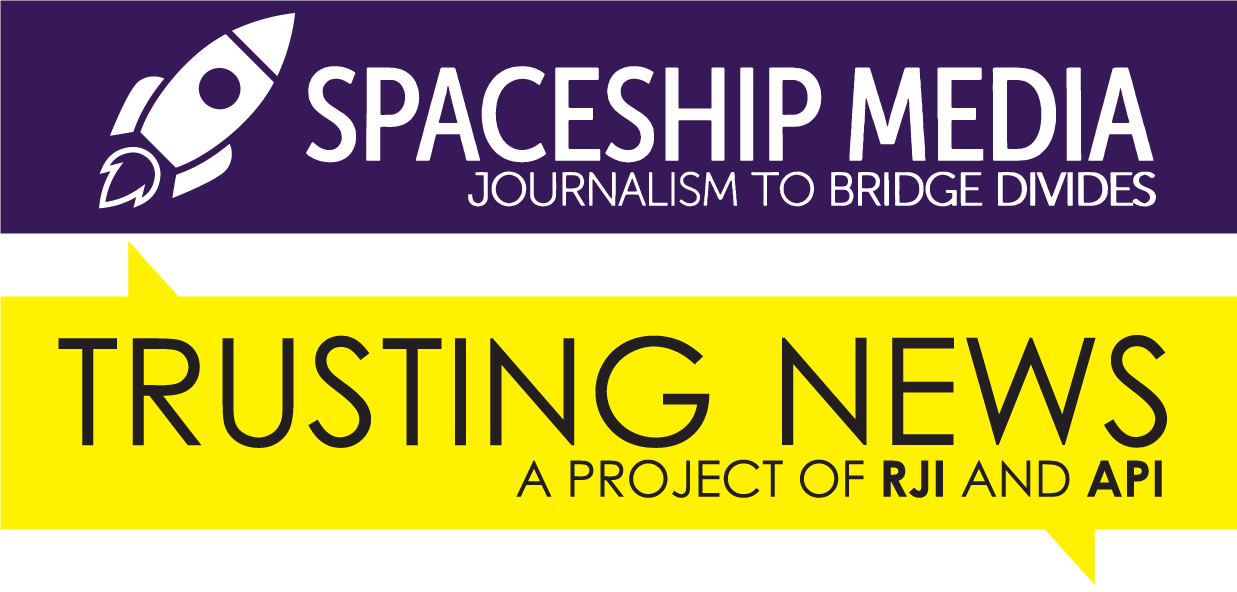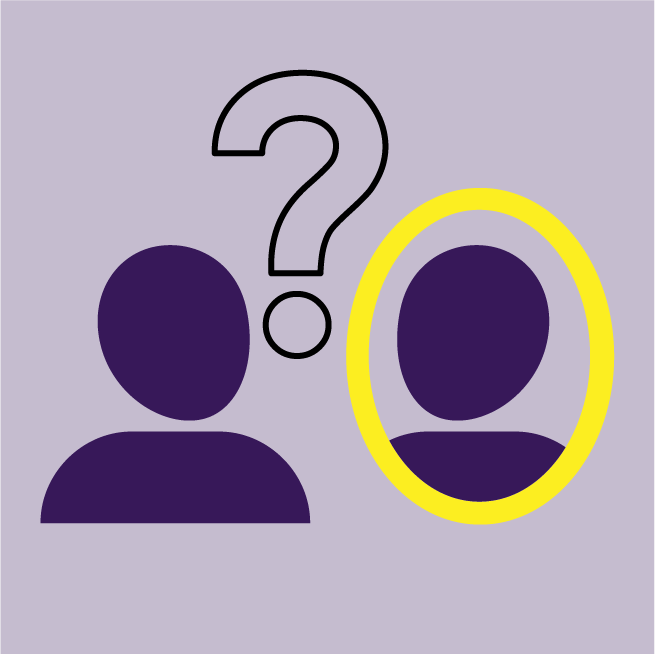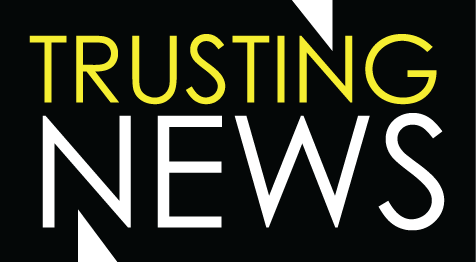Dimensions of Difference: You

YOU
NEWSROOM
COMMUNITY
THE STORY
DIALOGUE
ABOUT
Knowing yourself
When we have more understanding of who we each are as individuals – our values, ideas, motivators, experiences, families, communities – it strengthens our journalism.
We are neither blank slates nor neutral parties. We each come from somewhere and the ways we see, notice and think is a result of where we’ve come from.
Reporters and editors make hundreds of small and large nuanced decisions each day. Recognizing and talking about our perspectives and experiences helps us to better understand and deepen the journalistic choices we make: what we cover, who we interview, what we quote, what details we include, and what we don’t.

Exercises to help you know yourself
This section has three exercises.
In the first, we invite you to do an identity mapping exercise, considering the things that make you, you: your education, your class, your religion, your family, your culture, your region, your politics. What defines you?
In the second, we ask you to consider what values drive and define you as a journalist. Are you in this to tell rich stories? To serve the greater good? To speak truth to power?
In the third, we ask you to reflect on how and why you became a journalist and share that story with others.
Exercise #1
Dimensions of Difference: Identity Mapping
How to use this exercise:
What to Prepare: Have everyone fill out a personal identity map before beginning this exercise.
When you come together, divide into smaller groups of three. Group people who don’t normally work together or who don’t know one another well.
Each person will have three or four minutes to share their personal identity maps with the other group members. Prompt each person to highlight items that feel especially core to who they are. Invite them to include things that are both seen (age, visible disability) and invisible (role as caregiver, invisible disability).
Invite them to notice:
- Which boxes are checked and which are not?
- What elements feel important to them in their small group?
- What feels unimportant or irrelevant?
- Are there boxes no one checked?
After 20-25 minutes, return to the whole group.
Ask people to share highlights. Prompts to try:
- When people ask you to describe yourself, what do you usually say?
- What are elements that feel core to your identity? What about you takes longer to find out or is more private?
- What elements of your identity seem to have a large effect on how other people perceive you or the assumptions they make about you?
- What didn’t show up in your small group?
- What did you learn about yourself from this map?
- What did you learn about your co-workers?
- What relevance do you think it has for your reporting?
Close out with final thoughts.
Exercise #2
Who are you? Journalistic Values
How to use this exercise:
What to Prepare: Have everyone bring their completed values worksheet before beginning this exercise.
When you come together, divide into groups of three. Group people who don’t normally work together or who don’t know one another well.
Each person will have three or four minutes to talk about their own values. Prompt them each to identify the top three values that drive them, and to explain why. Ask them to note differences between their own top values and others’. Focus discussion on the underlying principles, ideas and motivators that drive each of them as individuals.
After about 20 minutes, reconvene the full group. Ask people to share highlights. Prompts to try:
- Was it easy to identify your core values? What are they?
- Were your motivators like or unlike others’ in your group?
- What differences surfaced? Did anything surprise you?
- What was notable?
- What made you think or made you want to learn more?
Close out with final thoughts/reflections.
Exercise #3
Who are you? Journalistic orgin story
How to use this exercise:
What to Prepare: Have everyone come prepared to reflect on how and why they became a journalist.
When you come together, ask everyone to take 10 minutes to take some notes on what brought them to the profession. Here are questions to consider:
- When did you decide to be a journalist? What drew you to the work?
- Did someone/s in particular inspire you? How/Why?
- Did a big news event early in your career shape how you see your work?
- What do you think of as your core motivator/s?
- What keeps you inspired day-to-day?
- What do you worry about or question about your own practice?
Then come together in groups of three or four. Group people who don’t normally work together or who don’t know one another well. Consider having a range of ages in each group. Each person will have three or four minutes to share their own story with the other group members. After about 20 minutes, reconvene the full group. Ask everyone to share what they learned. Prompts to try:
- What is something you had in common with someone in your group?
- What about your story was different from other people in your group?
- What is something surprising that you learned about someone else?
- What had you not thought about in a long time that you were glad to remember?
- How have your ideas about your work changed over time?
Close out with final thoughts and reflections.
About this guide
Dimensions of Difference is based on a series of workshops conducted by Eve Pearlman of Spaceship Media and Joy Mayer of Trusting News. Dimensions of Difference supports journalists in understanding their views and values, offering strategies for engaging more productively within newsrooms in the service of better journalism.


